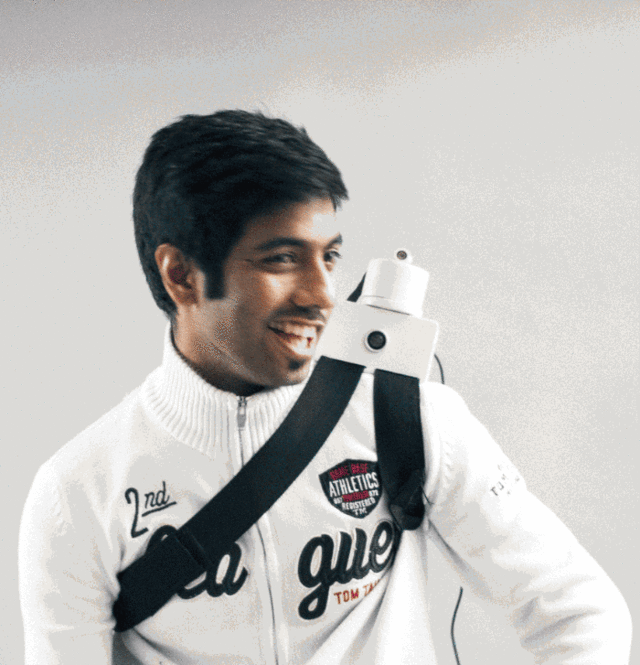This robotic Sits on your Shoulder to show You arms-On skills
Who desires video tutorials, when an instructor can see over your shoulder and literally point you in the appropriate course?
February 24, 2015
anyone who’s troubleshot a mum or dad’s computer over the telephone has been there, futilely attempting to explain icons or menus. Some concepts simply can’t be conveyed over a phone and even video chat, as a result of once in a while, you just wish to point.
seize, developed by means of Akarsh Sanghi as part of his master’s thesis at Copenhagen Institute of interplay Design, gifts a novel answer. It’s a tiny robot that sits to your shoulder—more or less like the prototypical just right judgment of right and wrong angel—and lets in any individual to remotely guide you via a complicated set of directions.

The hardware is modest sufficient. It’s basically a webcam, speaker, microphone, and aimable laser pointer, and some straps. software allows a mentor or teacher to regulate grasp remotely, providing a near first-particular person view as their student learns a brand new talent like cooking or playing an instrument. the use of a computer or perhaps a telephone, the instructor can speak their recommendation and intention the laser pointer, by the use of an onscreen digital joystick, to name out specifics.
Sanghi tells me that he’s gained plenty of consideration from his prototype already, with hobby from professionals in medication, HVAC work, and the defense force. however provided that the hardware and instrument used to be developed in simply eight weeks, he’s now not relatively ready to bring the product into full manufacturing.

“there are certain boundaries to the current version of the prototype like dimension, alleviation whereas wearing it, weight and so on,” Sanghi says. “To take the software to the following level—to make it into a commercially practicable product—quite a lot of factors of the undertaking must be totally examined and modified consequently.”
It even begs the question, does grab wish to survive the shoulder? Or could it work better, simply built-in into a product like Google Glass? What kind issue would provide essentially the most flexibility for the widest array of task and abilities? for example, grab, in its current form, may teach somebody steer a car, however you’d want a seize knee brace to indicate the teacher the pedals.
That said, Sanghi is desirous about the implications of his venture from a purely tutorial viewpoint, too.
“It begins the controversy on how client know-how can also be rather more than just staring into combinations of aluminum and glass screens of different sizes,” he says. “What i am looking to do is create experiences using interfaces with several types of know-how to research, do or achieve something new.”
[by the use of: Engadget]
quick company , read Full Story
(115)














